Home>Others>Specialized Home Improvement Topics>How To Get Rid Of Fungus In A Crawl Space
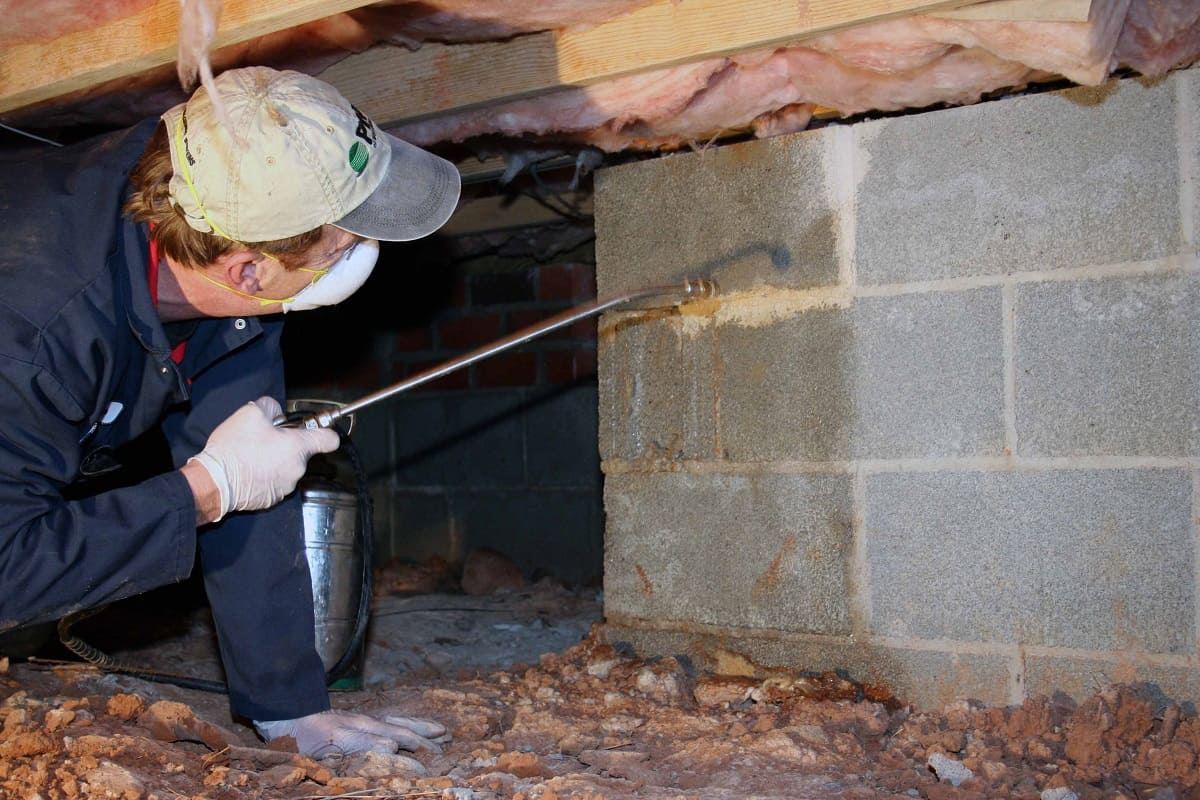

Specialized Home Improvement Topics
How To Get Rid Of Fungus In A Crawl Space
Published: January 31, 2024
Learn effective methods for eliminating fungus in your crawl space with specialized home improvement topics. Get expert tips and advice to keep your home healthy and safe.
(Many of the links in this article redirect to a specific reviewed product. Your purchase of these products through affiliate links helps to generate commission for Storables.com, at no extra cost. Learn more)
Introduction
Dealing with fungus in a crawl space can be a daunting challenge for homeowners. The presence of fungus not only poses a threat to the structural integrity of the home but also jeopardizes the health of its occupants. Fungus thrives in dark, damp environments, making crawl spaces an ideal breeding ground. If left unaddressed, it can lead to a host of problems, including wood rot, musty odors, and even respiratory issues.
In this comprehensive guide, we will delve into the causes and signs of fungus in a crawl space, as well as provide actionable steps to effectively eliminate it. Furthermore, we will explore preventive measures to ensure that fungus does not reappear, safeguarding the well-being of your home and those who dwell within it.
By understanding the underlying factors contributing to fungus growth and implementing targeted solutions, you can reclaim your crawl space and create a healthier living environment for you and your family. Let's embark on this journey to combat fungus in your crawl space and restore peace of mind to your home.
Key Takeaways:
- Fungus in crawl spaces thrives in damp, neglected areas. To combat it, address moisture, remove organic debris, and ensure proper ventilation to create an inhospitable environment for fungus.
- Early detection of fungus is crucial. Look out for musty odors, visible mold, wood deterioration, high humidity, allergic reactions, water stains, and pest infestations to take proactive measures.
Read more: How To Get Rid Of Spiders In A Crawl Space
Understanding the Causes of Fungus in a Crawl Space
Fungus growth in a crawl space can be attributed to several underlying causes, all of which are linked to the unique environment of this often neglected area of the home. Understanding these causes is crucial in effectively addressing and preventing fungus infestations.
Excessive Moisture
One of the primary culprits behind fungus growth in a crawl space is excessive moisture. Crawl spaces are prone to high humidity levels due to poor ventilation, inadequate insulation, or water seepage from the surrounding soil. This persistent moisture creates an ideal breeding ground for fungus, as it thrives in damp environments.
Inadequate Ventilation
Insufficient airflow within the crawl space can exacerbate moisture buildup, leading to stagnant, humid conditions that promote fungus growth. Without proper ventilation, the air becomes trapped, allowing moisture to accumulate and create an environment conducive to fungal infestations.
Water Intrusion
Water intrusion from plumbing leaks, foundation cracks, or improper drainage can introduce excess moisture into the crawl space. This can lead to standing water or damp surfaces, providing the perfect conditions for fungus to flourish. Additionally, inadequate waterproofing can exacerbate the issue, allowing water to permeate the crawl space and create a breeding ground for fungus.
Read more: How To Get Rid Of Crawl Space Smell In House
Organic Materials
The presence of organic materials such as wood, insulation, or debris in the crawl space can serve as a food source for fungus. When combined with moisture, these materials become susceptible to fungal growth, as the fungus feeds on the organic matter, further perpetuating the infestation.
Lack of Maintenance
Neglecting regular maintenance and inspections of the crawl space can contribute to fungus growth. Without proper upkeep, issues such as plumbing leaks, deteriorating insulation, or compromised structural integrity may go unnoticed, allowing conditions favorable to fungus to persist.
By recognizing these underlying causes, homeowners can take targeted measures to mitigate the risk of fungus growth in their crawl spaces. Addressing these factors is essential in creating an inhospitable environment for fungus and safeguarding the integrity of the home.
Identifying the Signs of Fungus in a Crawl Space
Identifying the presence of fungus in a crawl space is crucial for prompt intervention and mitigation. By recognizing the signs of fungus infestation early on, homeowners can take proactive measures to address the issue before it escalates. Here are the key indicators to look out for:
Musty Odors
One of the most noticeable signs of fungus in a crawl space is the presence of musty, earthy odors. These odors are often indicative of mold and mildew growth, signaling the need for a thorough inspection of the crawl space.
Read more: How To Get Rid Of Snakes In Your Crawl Space
Visible Mold Growth
Visible mold or mildew growth on surfaces within the crawl space is a clear indication of fungal infestation. This can manifest as discolored patches on walls, floors, or structural components. It is essential to address visible mold promptly to prevent further proliferation.
Deterioration of Wood
Fungus in a crawl space can lead to the deterioration of wooden structural elements. This may present as rotting, softening, or discoloration of wooden beams, joists, or supports. Any signs of wood decay should be promptly investigated to determine the underlying cause, which may be fungal growth.
High Humidity Levels
Monitoring the humidity levels in the crawl space is crucial for identifying potential fungus growth. Elevated humidity, often exceeding 60%, can create an environment conducive to fungal infestations. Using a hygrometer to measure humidity levels can provide valuable insights into the crawl space's conditions.
Allergic Reactions
Occupants of the home may experience allergic reactions or respiratory issues when exposed to fungus in the crawl space. Symptoms such as coughing, sneezing, or exacerbated asthma may indicate the presence of airborne mold spores, necessitating immediate attention to the crawl space environment.
Read more: How To Get Rid Of Fungus In Grass
Water Stains and Dampness
Water stains, discoloration, or dampness on surfaces within the crawl space are indicative of moisture intrusion, which can fuel fungal growth. These signs may be accompanied by a feeling of dampness or excessive moisture in the air, further highlighting the need for investigation.
Pest Infestations
Fungus in a crawl space can attract pests such as insects and rodents seeking moisture and organic matter. The presence of pests or their droppings in the crawl space may signal an underlying issue with fungal growth, warranting thorough inspection and remediation.
By being vigilant for these signs, homeowners can promptly address fungus infestations in their crawl spaces, mitigating potential damage to the home and safeguarding the well-being of its occupants. Early detection and intervention are key to effectively combating fungus and restoring a healthy environment within the crawl space.
Steps to Get Rid of Fungus in a Crawl Space
Addressing fungus in a crawl space requires a systematic approach to effectively eliminate the existing infestation and prevent its recurrence. By following these comprehensive steps, homeowners can reclaim their crawl space and create a healthier environment for their homes and families.
-
Assess the Extent of Infestation: Begin by conducting a thorough assessment of the crawl space to determine the extent of the fungus infestation. This involves inspecting for visible mold growth, assessing the moisture levels, and identifying any structural damage caused by the fungus.
-
Implement Protective Measures: Prior to initiating remediation, it is essential to prioritize safety. Wear appropriate personal protective equipment, including gloves, a respirator, and protective clothing, to minimize exposure to mold spores and contaminants during the cleanup process.
-
Remove Organic Debris: Clear the crawl space of any organic debris, such as wood scraps, insulation, or cardboard, that may serve as a food source for the fungus. Eliminating these materials reduces the potential for fungal regrowth and creates a less hospitable environment for mold and mildew.
-
Address Moisture Sources: Identify and address the underlying sources of moisture in the crawl space. This may involve repairing plumbing leaks, improving drainage, installing a vapor barrier, or enhancing ventilation to mitigate excessive humidity. By eliminating moisture, you can disrupt the conducive environment for fungal growth.
-
Thorough Cleaning and Disinfection: Utilize appropriate cleaning solutions, such as a mixture of water and detergent or specialized mold remediation products, to scrub and disinfect surfaces within the crawl space. Pay particular attention to areas with visible mold growth, ensuring thorough removal and disinfection.
-
Consider Professional Remediation: In cases of extensive or persistent fungal infestations, engaging the services of a professional mold remediation company may be necessary. These experts have the knowledge, experience, and specialized equipment to effectively address severe mold issues and ensure thorough remediation.
-
Encourage Air Circulation: Improve air circulation within the crawl space by installing vents, fans, or a dehumidifier to promote airflow and reduce humidity levels. Adequate ventilation is essential in preventing future fungal growth and maintaining a healthy crawl space environment.
-
Monitor and Maintain: Regularly monitor the crawl space for signs of moisture, mold, or structural issues, and promptly address any potential concerns. Implementing routine maintenance, such as inspecting for leaks and ensuring proper ventilation, is crucial in preventing the resurgence of fungus.
By diligently following these steps, homeowners can effectively eradicate fungus from their crawl spaces and create an environment that is inhospitable to future infestations. Taking proactive measures to address moisture, eliminate organic matter, and maintain a well-ventilated crawl space is essential in safeguarding the integrity of the home and the well-being of its occupants.
Preventing Future Fungus Growth in a Crawl Space
Preventing future fungus growth in a crawl space is essential for maintaining a healthy and structurally sound home environment. By implementing proactive measures to mitigate moisture, improve ventilation, and eliminate conducive conditions for fungal infestations, homeowners can effectively safeguard their crawl spaces from future outbreaks. Here are key strategies to prevent the recurrence of fungus growth:
1. Manage Moisture Levels
Controlling moisture is paramount in preventing future fungus growth. Implementing proper drainage systems, repairing plumbing leaks promptly, and ensuring the surrounding soil slopes away from the foundation can help mitigate moisture intrusion. Additionally, installing a high-quality vapor barrier on the crawl space floor and walls can effectively reduce moisture transmission from the ground and foundation, creating a drier environment that is less hospitable to fungus.
2. Enhance Ventilation
Improving ventilation within the crawl space is crucial for reducing humidity levels and promoting airflow. Installing vents, fans, or a dehumidifier can help circulate air and expel excess moisture, creating an inhospitable environment for fungal growth. Proper ventilation also aids in preventing stagnant, humid conditions that are conducive to mold and mildew infestations.
3. Insulate and Seal
Proper insulation and air sealing can help regulate temperature and humidity levels within the crawl space. Insulating exposed pipes, sealing air leaks, and ensuring adequate insulation on walls and floors can create a more stable and less humid environment, reducing the likelihood of moisture buildup and fungal growth.
4. Regular Maintenance and Inspections
Implementing a routine maintenance schedule for the crawl space is essential in identifying and addressing potential issues that could lead to fungus growth. Regularly inspecting for plumbing leaks, checking the integrity of the vapor barrier, and monitoring humidity levels can help homeowners detect and mitigate moisture-related concerns before they escalate into fungal infestations.
Read more: How To Get Rid Of Furniture
5. Address Exterior Factors
Assessing and addressing exterior factors that may contribute to moisture intrusion is crucial. This includes ensuring proper grading around the home, maintaining gutters and downspouts to direct water away from the foundation, and addressing any landscaping or drainage issues that could lead to water pooling near the crawl space. By managing exterior moisture sources, homeowners can reduce the risk of moisture seeping into the crawl space.
By diligently implementing these preventive measures, homeowners can create an environment within the crawl space that is inhospitable to fungus growth. Proactively managing moisture, enhancing ventilation, and conducting regular maintenance are key components of a comprehensive strategy to prevent future fungal infestations, ensuring a healthy and resilient crawl space for the long term.
Conclusion
In conclusion, addressing fungus in a crawl space is a critical aspect of maintaining a healthy and structurally sound home environment. By understanding the underlying causes, identifying the signs of infestation, and implementing targeted solutions, homeowners can effectively combat fungus and prevent its recurrence. Excessive moisture, inadequate ventilation, water intrusion, organic materials, and lack of maintenance are key factors contributing to fungal growth in crawl spaces. By addressing these factors and implementing preventive measures, homeowners can create an inhospitable environment for fungus, safeguarding the integrity of their homes and the well-being of its occupants.
Recognizing the signs of fungus infestation, including musty odors, visible mold growth, wood deterioration, high humidity levels, allergic reactions, water stains, and pest infestations, is crucial for prompt intervention. Early detection allows for proactive measures to be taken, mitigating potential damage and health risks associated with fungal infestations. Additionally, following a systematic approach to eliminate existing fungus, including assessing the extent of infestation, implementing protective measures, removing organic debris, addressing moisture sources, thorough cleaning and disinfection, and considering professional remediation when necessary, is essential for effective remediation.
Preventing future fungus growth in a crawl space requires a proactive and comprehensive approach. Managing moisture levels, enhancing ventilation, insulating and sealing, conducting regular maintenance and inspections, and addressing exterior factors that contribute to moisture intrusion are key strategies for creating an environment that is inhospitable to fungal infestations. By diligently implementing these preventive measures, homeowners can create a resilient and healthy crawl space environment that mitigates the risk of future fungal growth.
In essence, combating fungus in a crawl space is a multifaceted endeavor that requires vigilance, proactive maintenance, and targeted interventions. By understanding the causes, recognizing the signs, and implementing preventive and remedial measures, homeowners can reclaim their crawl spaces and create a healthier living environment for themselves and their families. Through diligence and a commitment to maintaining a dry, well-ventilated crawl space, homeowners can effectively mitigate the risk of fungal infestations, ensuring the long-term integrity and health of their homes.
Frequently Asked Questions about How To Get Rid Of Fungus In A Crawl Space
Was this page helpful?
At Storables.com, we guarantee accurate and reliable information. Our content, validated by Expert Board Contributors, is crafted following stringent Editorial Policies. We're committed to providing you with well-researched, expert-backed insights for all your informational needs.
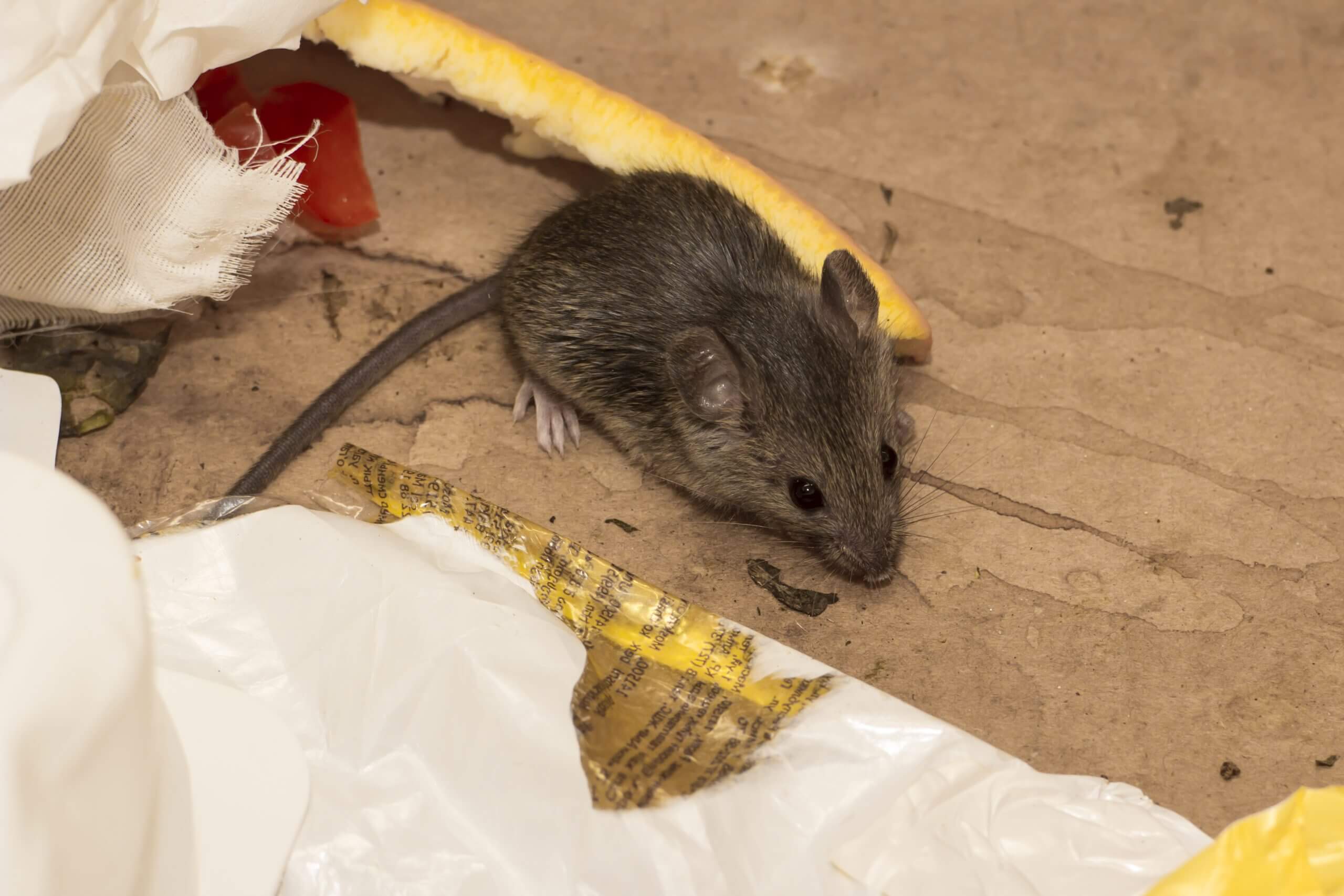
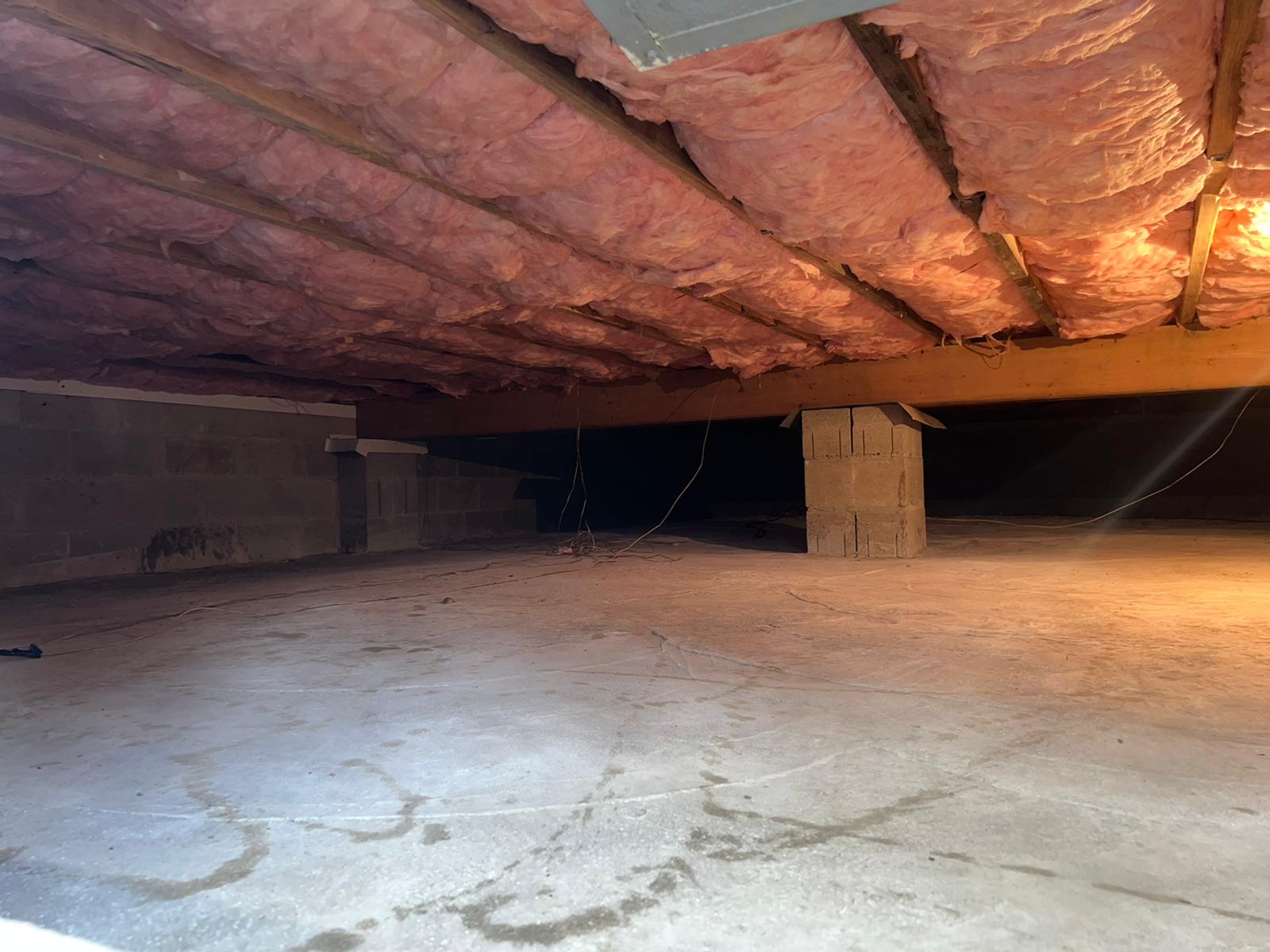
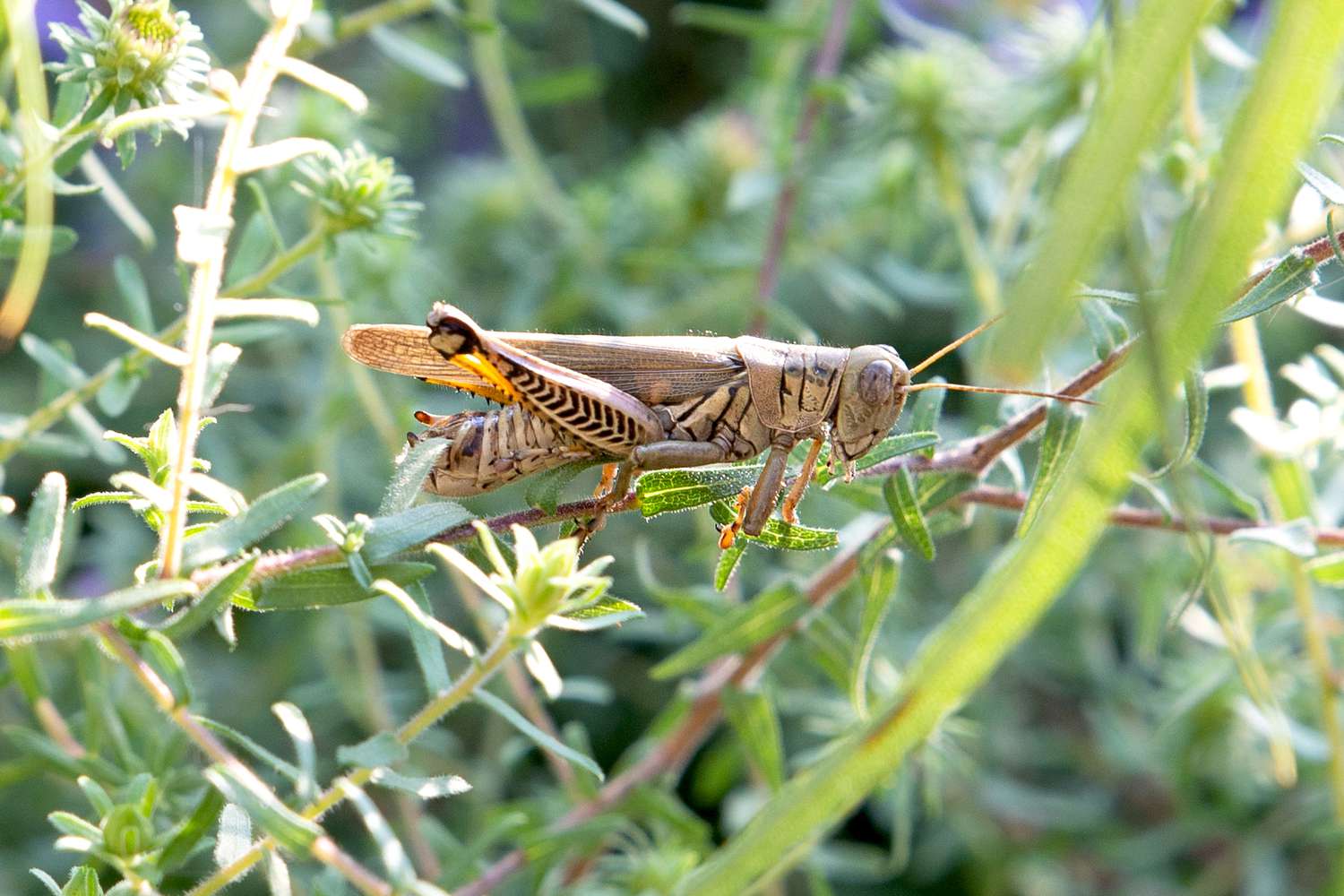
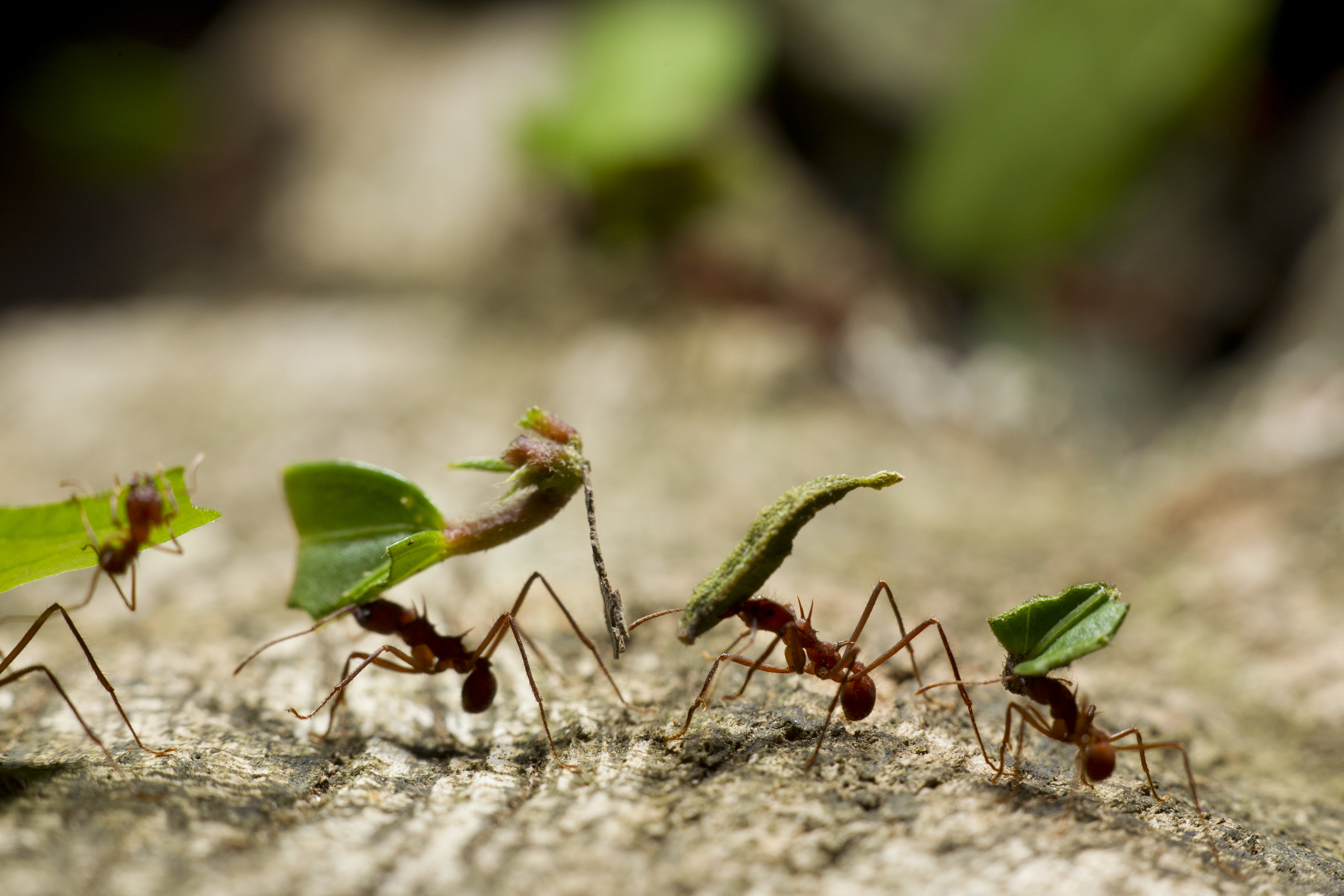
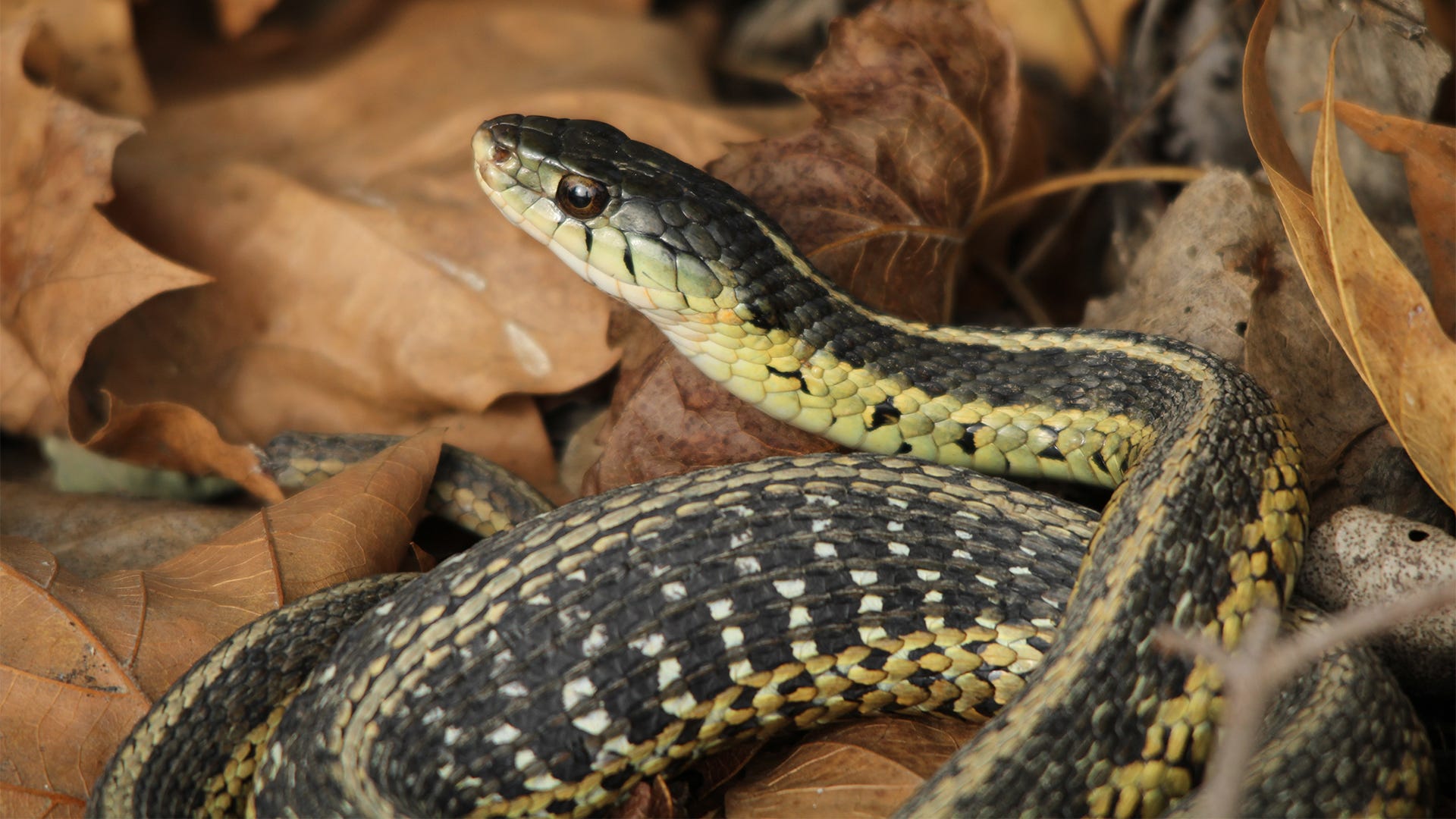
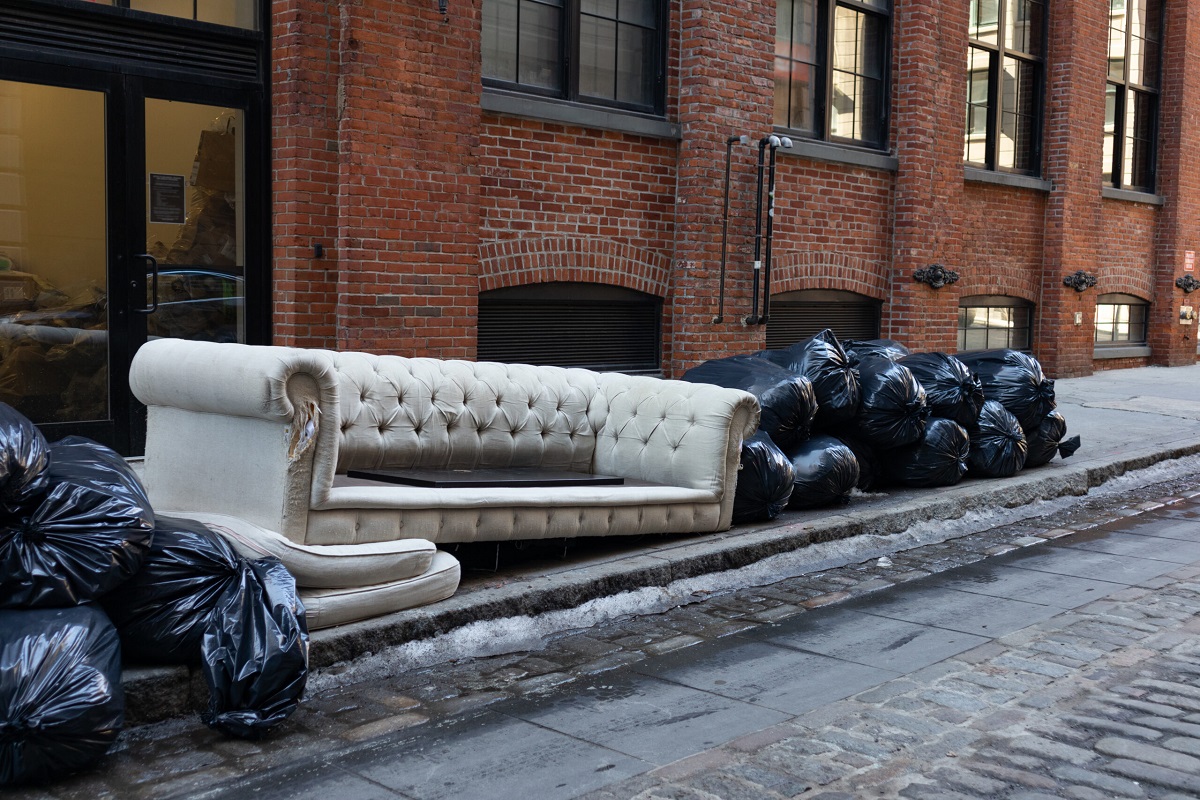
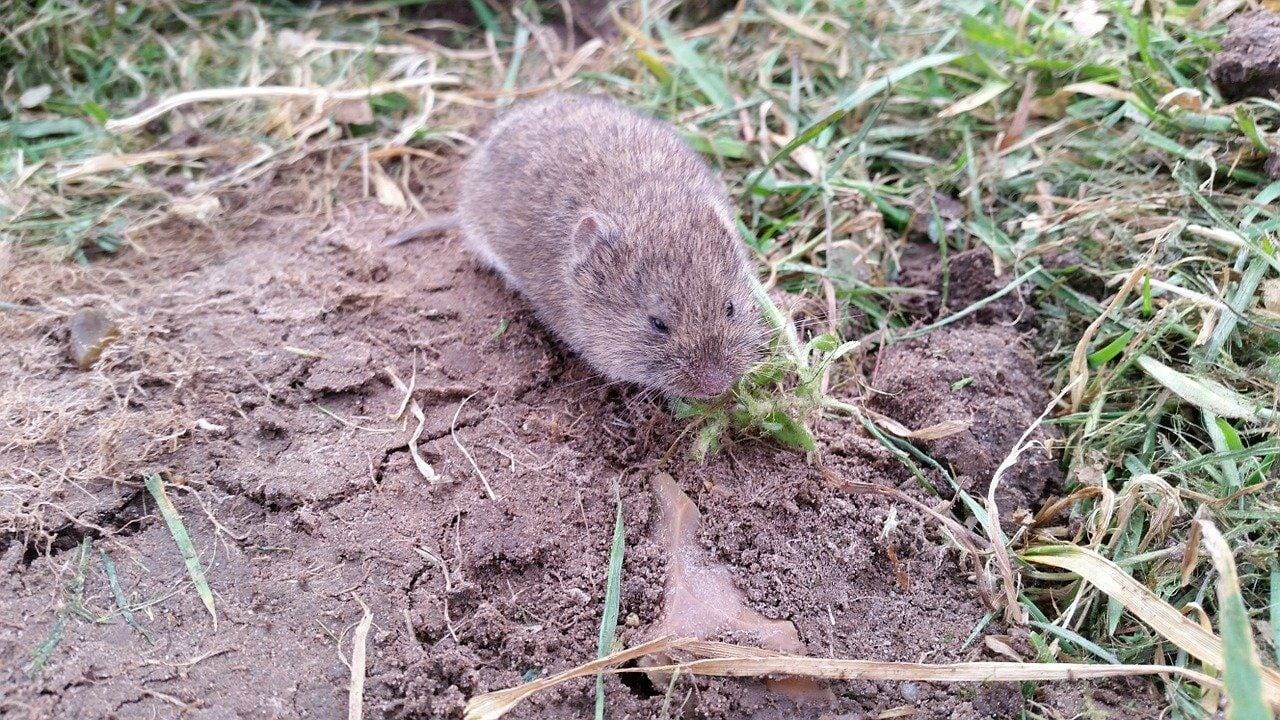
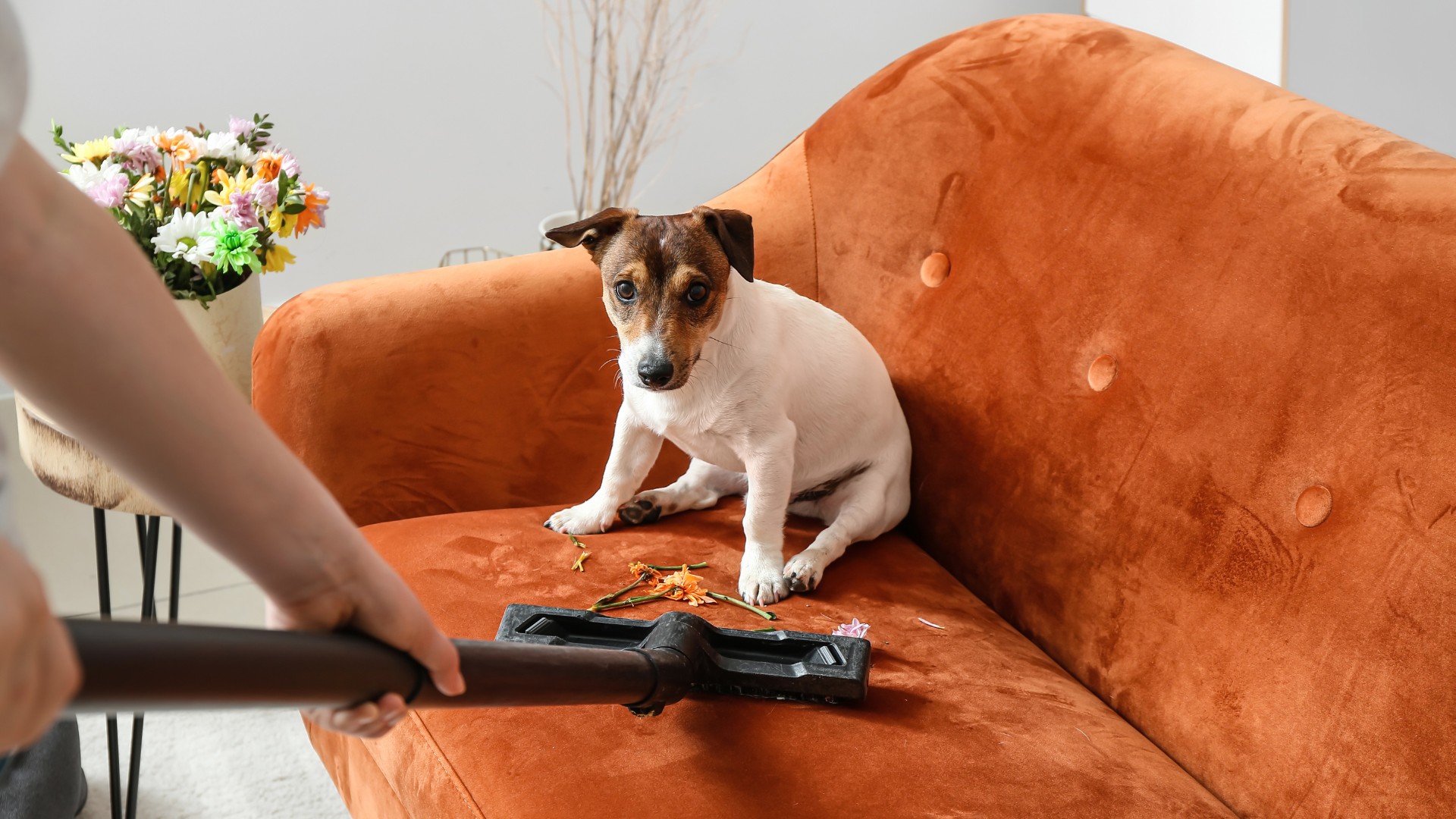
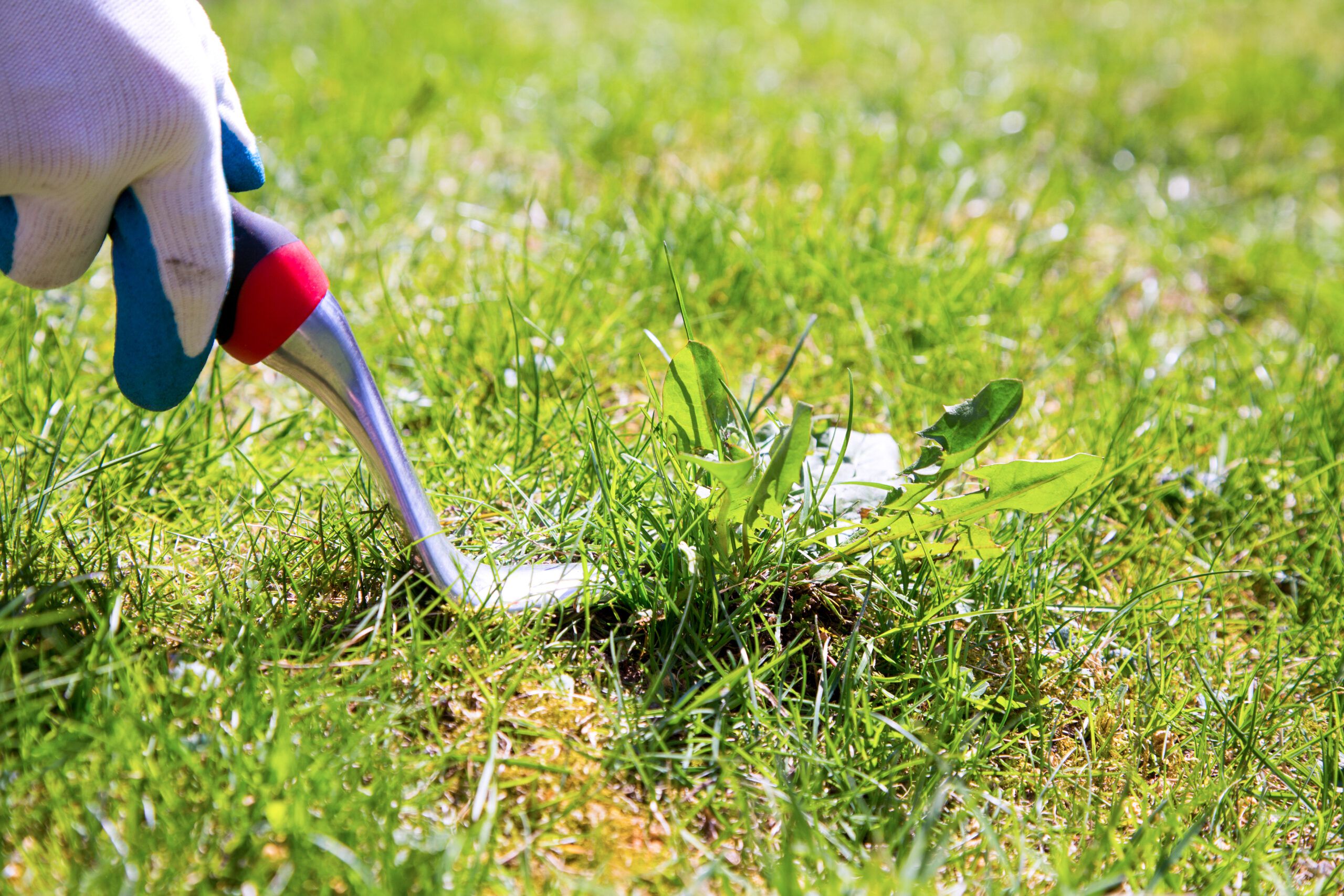


0 thoughts on “How To Get Rid Of Fungus In A Crawl Space”